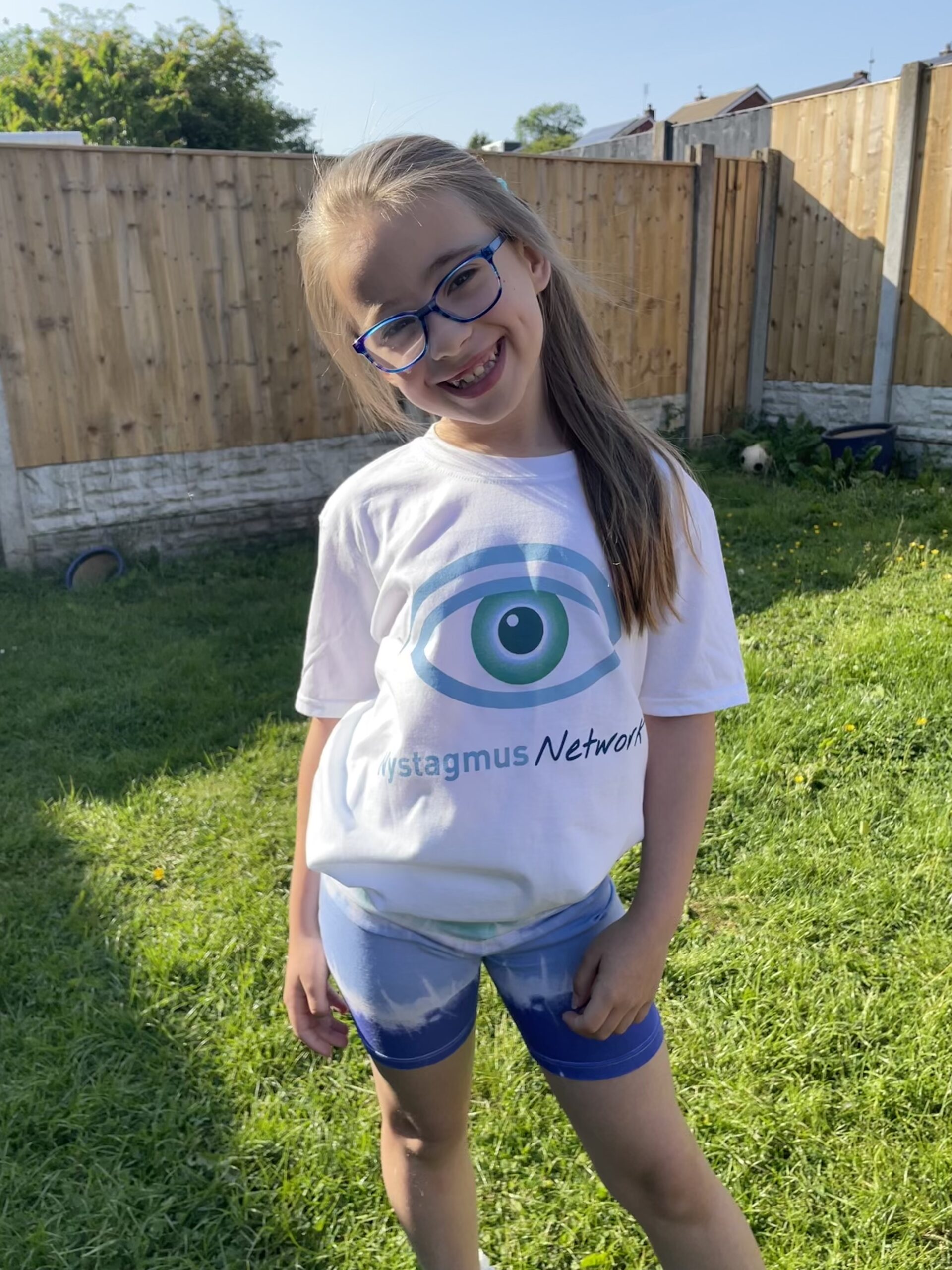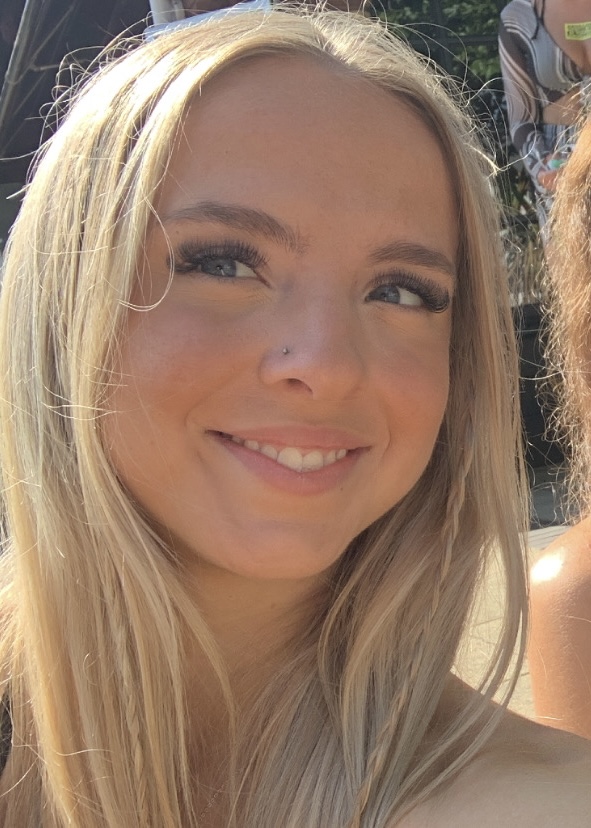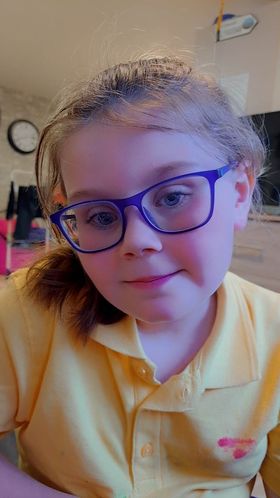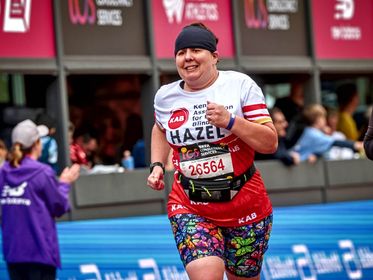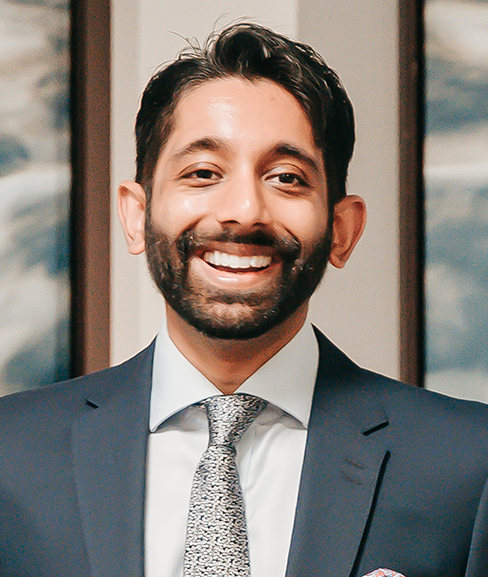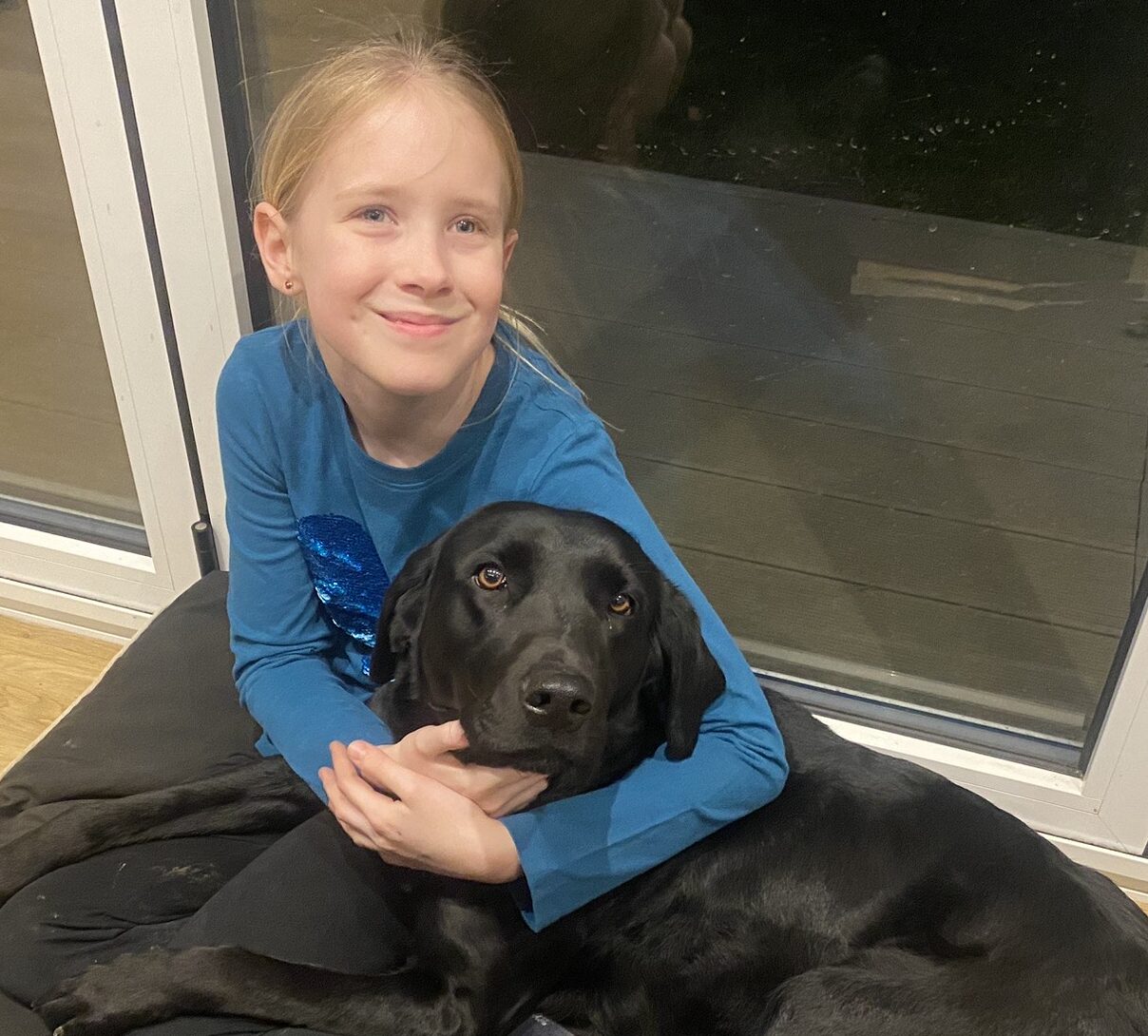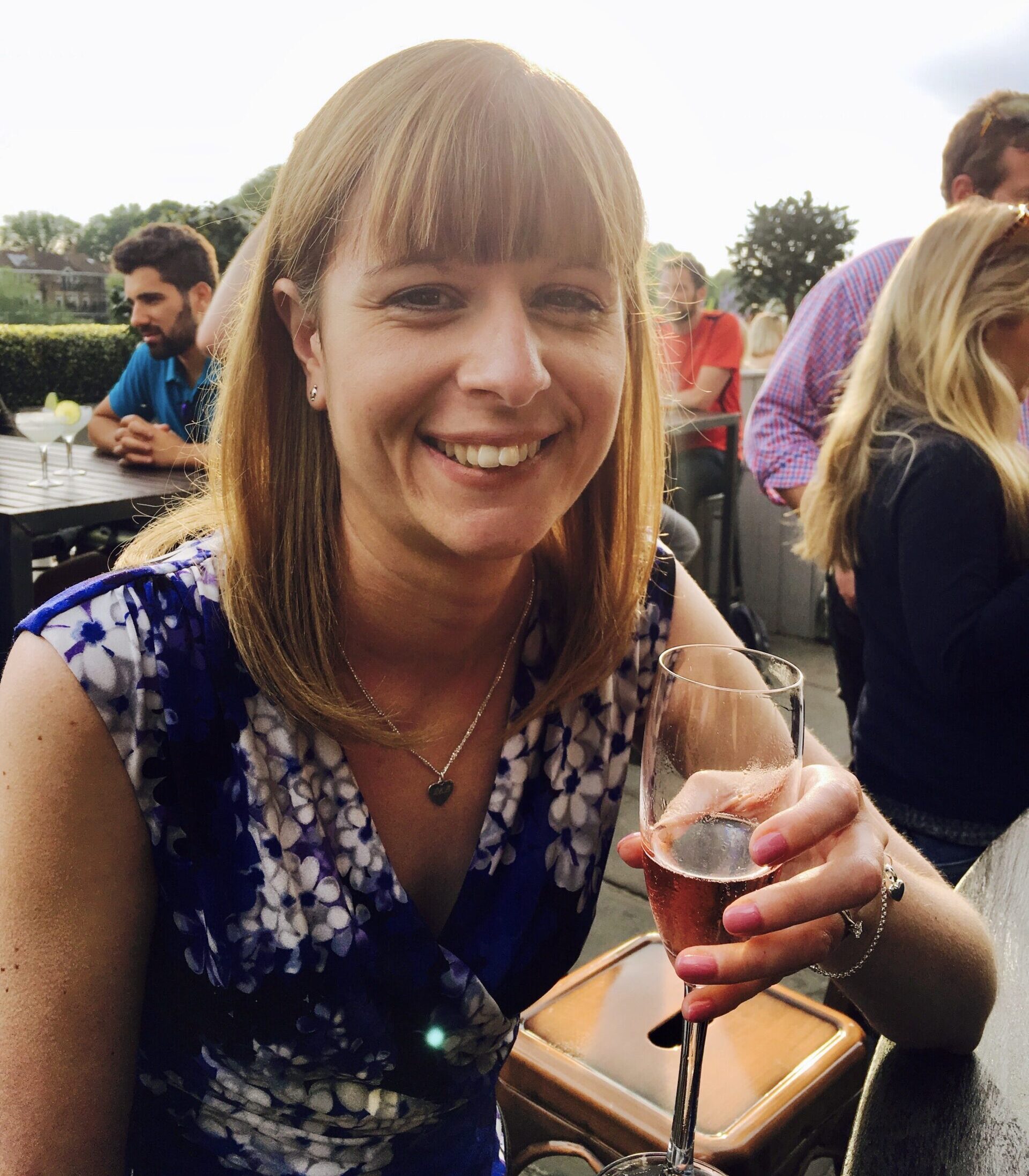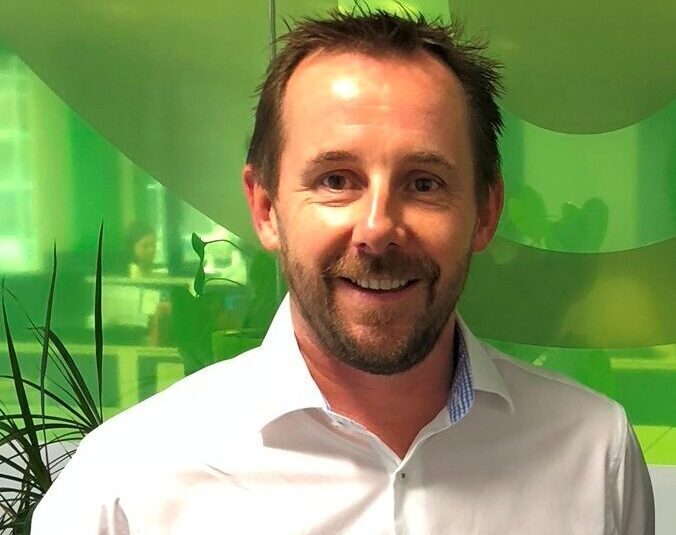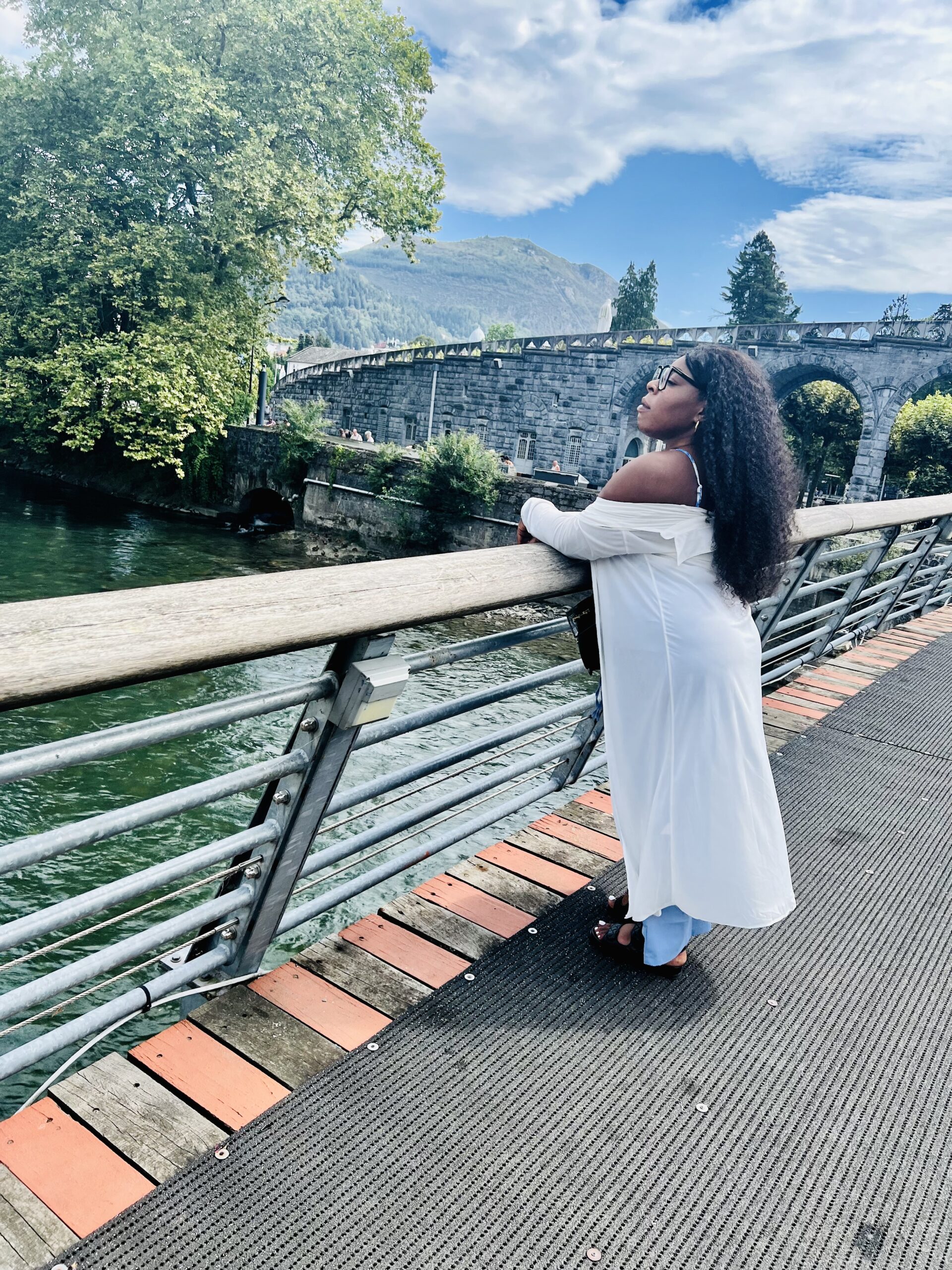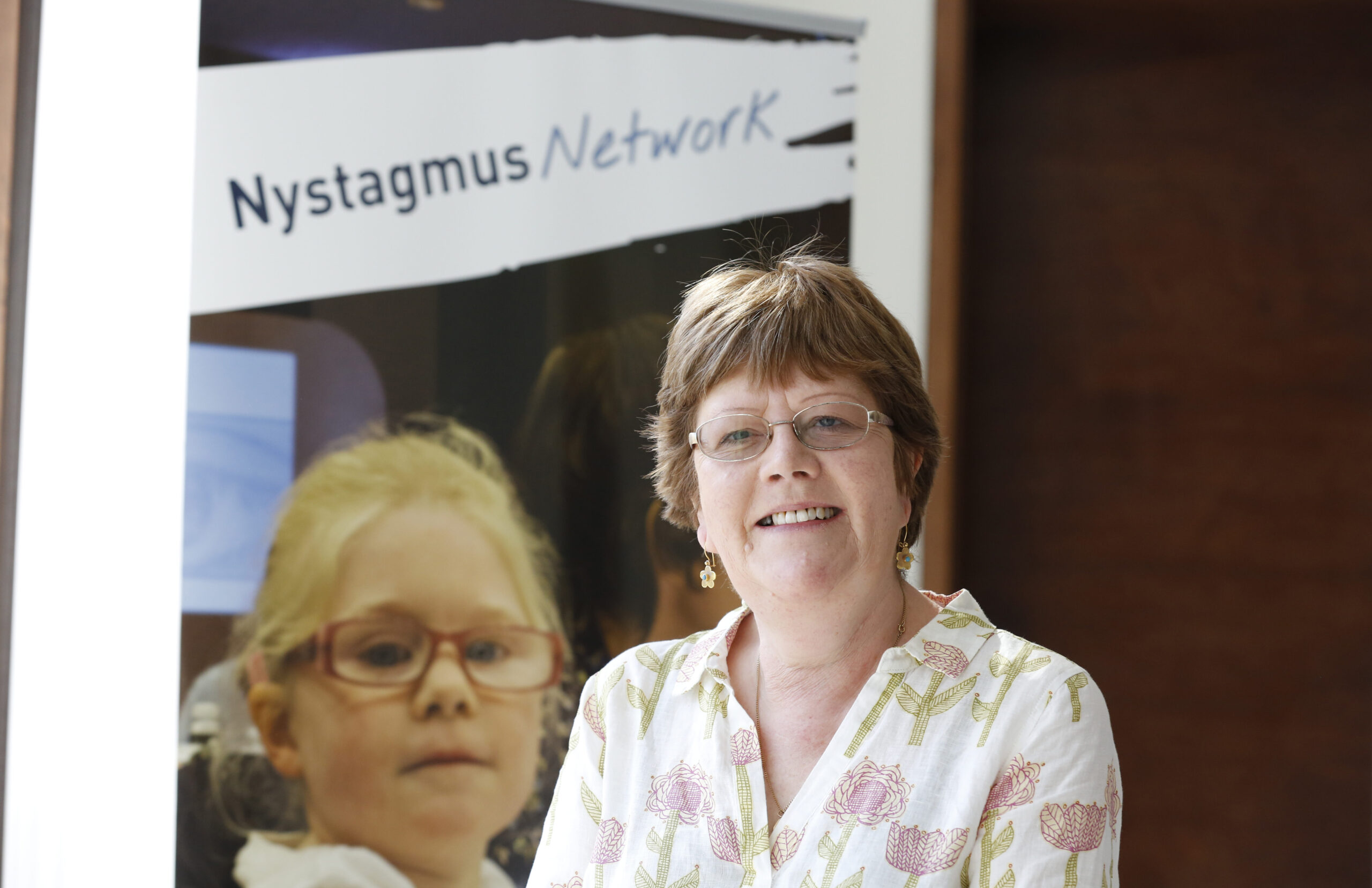All this week we’ve been sharing your nystagmus stories to help raise awareness of nystagmus for Nystagmus Awareness Day 2023.
You can share your story here
Robyn was first observed to have wobbly eyes at the age of 5. With no family history of nystagmus, it quickly became concerning as to what was the cause. Robyn was seen by Ophthalmology who referred her on for what felt like every test going. CT head, X-rays, blood tests, ultrasound scan, referral to Neurology, Electro-Retinographic studies. Which she took all in her stride. My worry went from the possibility of nystagmus to the chance her wobbly eyes could be caused by something much worse. Thankfully, 18 months later, all tests clear, she was given a diagnosis of Congenital Idiopathic Nystagmus. It was at this point I discovered the Nystagmus Network.
Robyn, now age 7, will say there’s nothing wrong with her eyes, they’re just a bit wobbly. As a parent you worry about the now, and you worry about the future. However, Robyn’s love for life and pure determination have shown me I don’t have to be so worried. The hurdles she comes across she takes in her stride and discovers solutions for her to manage them in her own way. While she may not be able to hit certain expected milestones such as learning to drive and riding a bike is something we still haven’t quite mastered, despite the many tries (!) we’re able to celebrate other aspects of life and achievements#, from running races on sports day to threading beads onto string and an upcoming ballet exam she is determined she will get top marks in. I have been so incredibly grateful to the Nystagmus Network for all the information they have and support they offer. We will both continue to learn and adapt to future challenges, but I shall take heed from Robyn’s determination and resilience in how we face them.

